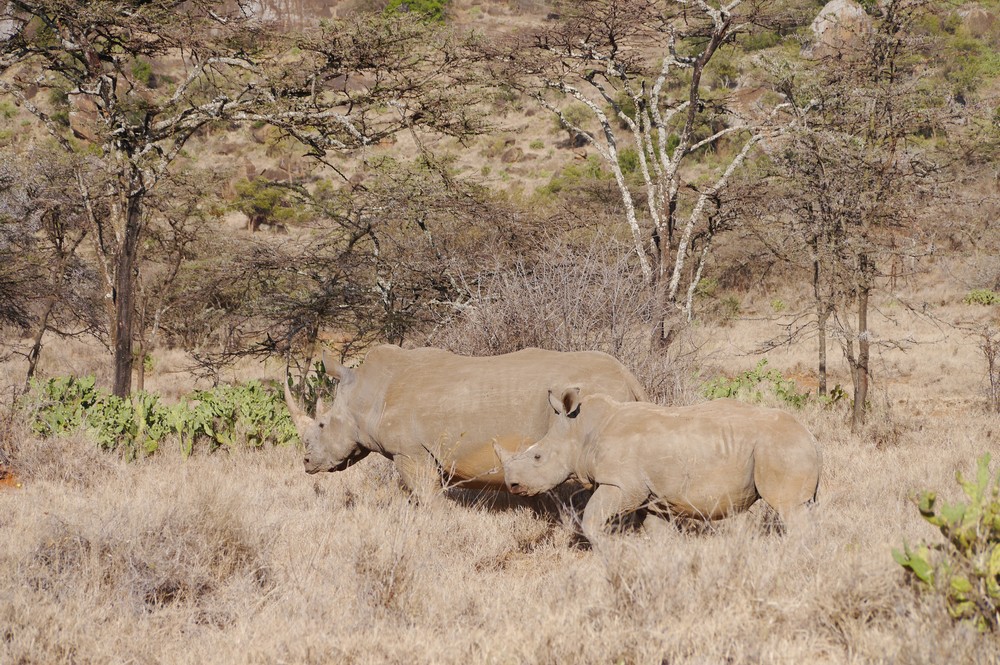Written by Mike Knight, Chair, International Union for the Conservation of Nature (IUCN) Species Survival Commission – African Rhino Specialist Group.
We could not have imagined in 2006 that by the end of 2018, Africa would have lost at least 9,132 rhinos. The true figure is likely to be higher. Since continental losses peaked in 2015 poaching has promisingly declined, but it still remains high.
So, what major challenges do we still face in further reducing the bleeding, and what opportunities have emerged?
Reducing poaching remains the foundation of securing our rhino populations. This starts with well-managed security operations in rhino reserves and ideally goes hand-in-hand with cooperative engagement across government departments as well as between the state, communal and private sectors. Such positive actions have been instrumental in reducing poaching in Kenya, Botswana, Swaziland and Namibia.
A government-wide approach towards addressing the illegal wildlife trade also needs to be employed. This includes the use of intelligence to ‘follow the money’, together with asset forfeiture. But unfortunately, these are not playing as big a role as they should be. In particular, a bigger emphasis on apprehending and disrupting those higher up the criminal pyramid is crucial. Much more attention needs to be devoted here so that wildlife trafficking ceases to be an easy way for organised criminal businesses to make money.
All the sterling efforts by rangers are undermined by failures in successfully investigating and prosecuting criminal cases, especially the bringing-to-book of the middlemen driving illegal trade. Kenya’s monitoring of the outcomes of court cases is a good example of pressurising the judiciary. Expanding this approach and tracking progress from arrests to convictions internationally could boost ranger morale and send a strong message to criminals.
Breeding rhino populations also remains critical. The intelligent management and monitoring of populations to maximise growth has been the cornerstone of rhino recovery since the 1900s. Establishing rhinos in large, suitable and secure habitats as part of collaborative regional operations has facilitated this. The recent successful reintroductions of black rhinos into Rwanda and Chad, and putting more white rhinos into Botswana are examples. That said, we also need to avoid unnecessary losses (as recently occurred in a Kenyan translocation), though failures such as this should not deter further translocations, especially international ones.
An issue of great concern is the loss of capacity and skills within conservation agencies across Africa. It is undermining our ability to deliver secure and growing rhino populations. Retaining, transferring and developing these skills remains essential.
Accessing sustainable funding is also a growing issue, especially in the context of rampant anti-poaching costs. It is leading to funding fatigue amongst private owners, the state and donor community. Recent endeavours through impact financing initiatives may help. Threats to sustainable-use options for rhinos is undermining the critically important conservation incentives for private and communal rhino owners in southern Africa who contributed to its vibrant wildlife industry in the first place.
But behind all this, the threat to Africa’s rhinos comes from the diversifying use of the horn in high-value status goods in south-east Asia. Demand reduction has been suggested as a strategy to address this. Approaching Asian countries as partners in the solution may gain greater traction in addressing the issue and see the bleeding stop.
A version of this article was originally printed in The Horn 2018.









